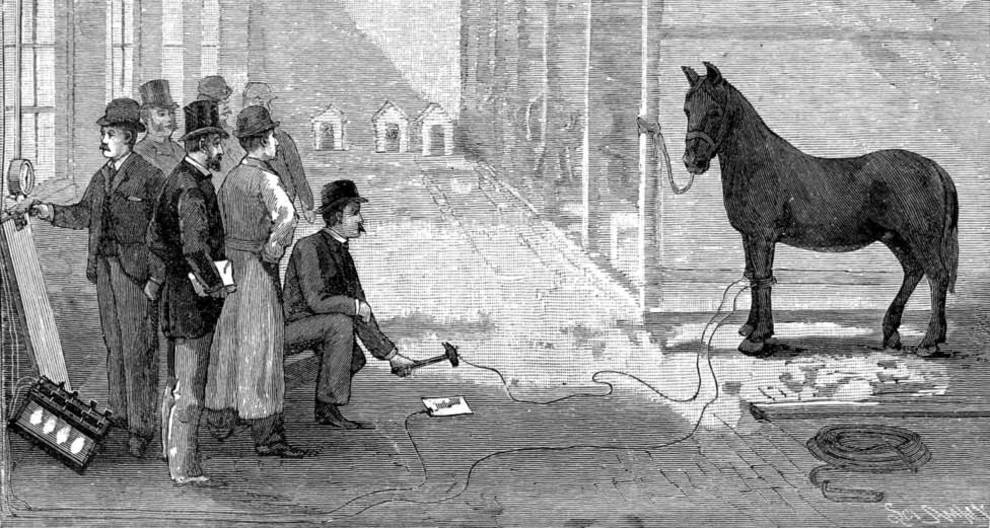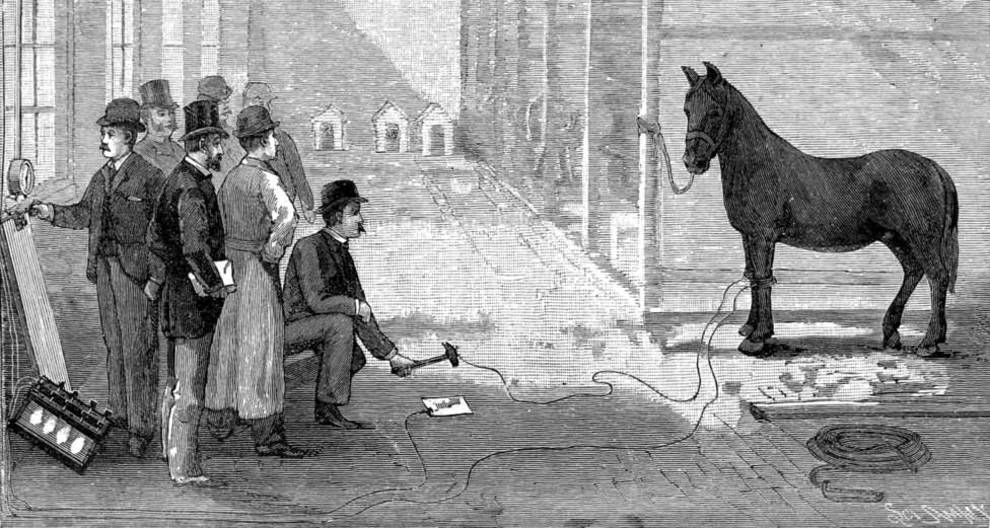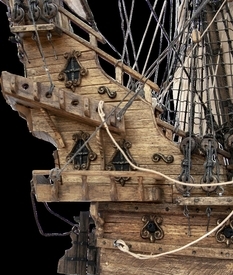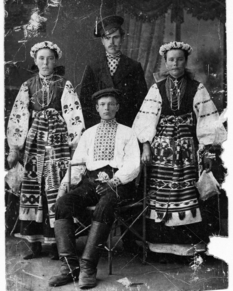
"War of the Currents": Edison VS Westinghouse
June 5, 1888 in a New York newspaper published an open letter to electrical engineer Harold Brown, who urged the public to prohibit the use of alternating current as life threatening. This was the culmination of a longstanding confrontation between the main competitors in the electricity production market, which, despite an active propaganda campaign, Thomas Edison lost to George Westinghouse.
The issue of AC safety has received a great public response precisely after this publication. Harold Brown, after listing all the potential shortcomings of alternating current and accusing "Westinghouse" in the death of 30 people, asked a rhetorical question "is it worth exposing the public to constant danger for the sake of cheap electricity."
Three days later, he turned to the New York electrical control with the requirement to limit the voltage of AC transmission lines to 300 volts, which made his use economically impractical.
This was the beginning of the so-called "War of the Currents", in which Edison actively joined. He did not shy away from the "black PR" to discredit his competitors - he gave Brown room and equipment in his lab in New Jersey, where he began experimenting with devices for killing living things (starting with the alternating current of stray cats and dogs).

Harold Brown shows the public how to use an alternating current to kill a horse. Illustration from the magazine "Scientific American", December 1888
On December 5, 1888, Brown demonstrated to the government commission in the presence of the press and members of the local medical society a device designed by him, with the help of which a voltage of 750 volts killed four calves and a horse.
These events coincided in time with the discussion in the State of New York on the question of replacing the hanging more humane execution with a current. As it became known to the press in 1889 from letters stolen from Brown, he was in collusion with Edison, who through the front men purchased for him several powerful alternating current generators of the company "Westinghouse" to create an electric chair with which August 6, 1890 in New York the first prisoner of Auburn was executed.
However, Edison's efforts to discredit Westinghouse and its products turned out to be in vain - neither the financing of ordered articles in newspapers, nor the bribery of doctors and experts prevented him from winning a confrontation with a competitor: he suffered losses and demanded working capital, in January 1889 he was forced to attract financial investments magnates George Morgan and the Vanderbilt family.
In 1892, in order not to answer several dozens of court cases for violating patent law, Thomson-Houston agreed to merge with Edison General Electric, resulting in the establishment of the General Electric Company, in which the name of the place named Thomas Edison was no longer there. This was the final confirmation of his loss in the "War of the Currents" - controlling three-quarters of the US electricity market, "General Electric" completely switched to the production of alternators.
The issue of AC safety has received a great public response precisely after this publication. Harold Brown, after listing all the potential shortcomings of alternating current and accusing "Westinghouse" in the death of 30 people, asked a rhetorical question "is it worth exposing the public to constant danger for the sake of cheap electricity."
Three days later, he turned to the New York electrical control with the requirement to limit the voltage of AC transmission lines to 300 volts, which made his use economically impractical.
This was the beginning of the so-called "War of the Currents", in which Edison actively joined. He did not shy away from the "black PR" to discredit his competitors - he gave Brown room and equipment in his lab in New Jersey, where he began experimenting with devices for killing living things (starting with the alternating current of stray cats and dogs).

Photo © jnsm.com.ua
Harold Brown shows the public how to use an alternating current to kill a horse. Illustration from the magazine "Scientific American", December 1888
On December 5, 1888, Brown demonstrated to the government commission in the presence of the press and members of the local medical society a device designed by him, with the help of which a voltage of 750 volts killed four calves and a horse.
These events coincided in time with the discussion in the State of New York on the question of replacing the hanging more humane execution with a current. As it became known to the press in 1889 from letters stolen from Brown, he was in collusion with Edison, who through the front men purchased for him several powerful alternating current generators of the company "Westinghouse" to create an electric chair with which August 6, 1890 in New York the first prisoner of Auburn was executed.
However, Edison's efforts to discredit Westinghouse and its products turned out to be in vain - neither the financing of ordered articles in newspapers, nor the bribery of doctors and experts prevented him from winning a confrontation with a competitor: he suffered losses and demanded working capital, in January 1889 he was forced to attract financial investments magnates George Morgan and the Vanderbilt family.
In 1892, in order not to answer several dozens of court cases for violating patent law, Thomson-Houston agreed to merge with Edison General Electric, resulting in the establishment of the General Electric Company, in which the name of the place named Thomas Edison was no longer there. This was the final confirmation of his loss in the "War of the Currents" - controlling three-quarters of the US electricity market, "General Electric" completely switched to the production of alternators.


